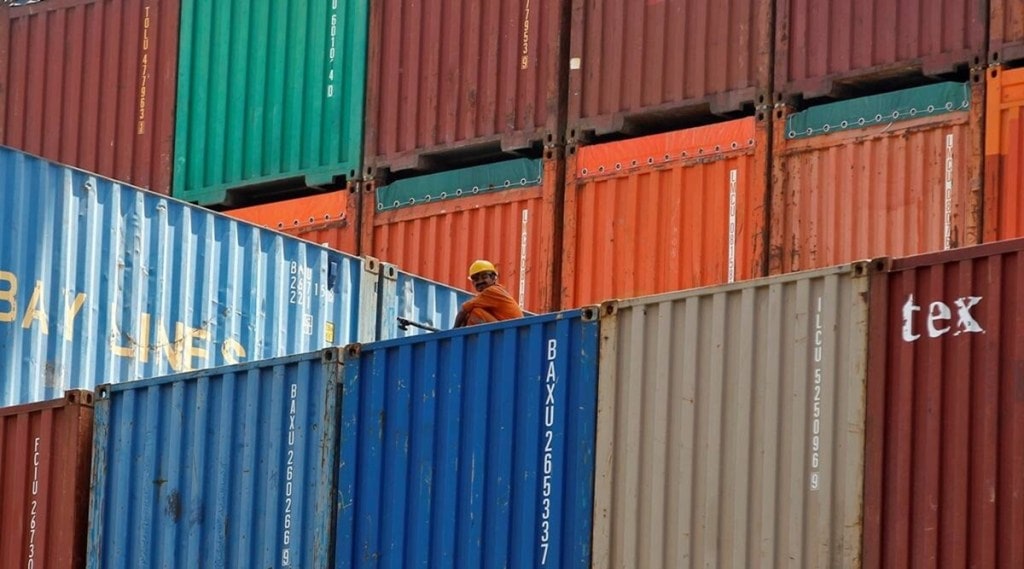Nearly all of India’s prominent free trade agreements (FTAs), which came into force between 2006 and 2011, have exacerbated New Delhi’s trade balance. This significantly contributed to the country’s unease over getting into fresh pacts for about a decade before the government decided to sign a deal with the UAE last week.
An FE analysis suggests, in five out of six crucial FTAs involving substantial trade value, India deficit only widened against relevant partners after it sealed the deals. These are India’s trade deals with Asean group, South Korea, Japan, Singapore and Malaysia. Only the South Asia Free Trade Area (SAFTA) agreement, which replaced a 1993 preferential trade pact, turned out to be a clear winner for India.
This has prompted the current government to seek a review of FTAs with key partners, including Asean group, Japan and South Korea to restore greater degree of trade balance.
Data show India’s deficit with South Korea, as percentage of total bilateral trade, worsened to 52.7% in the pre-pandemic year (FY20) from 37.4% in FY09, before the FTA came into effect from January 2010. Similarly, the deficit with Japan aggravated from 25.8% of bilateral trade to 46.7% and with Asean, it rose to 27.4% from 15.6%. Importantly, trade balance with Singapore swung from a surplus (to the tune of 20.3% of bilateral trade before the FTA became effective) to a deficit now. Only in case of SAFTA, the surplus increased, from 64.4% of bilateral trade to 70.2% now.
Analysts blame absence of adequate structural reforms to improve broader export competitiveness, imprudent negotiation tactics, non-tariff barriers erected by the trade partners and hasty political and strategic considerations that promoted New Delhi to concede significant leverage for the growing trade imbalance.
Of course, some analysts advise against getting fixated with India’s trade deficit with any particular country or group of nations. One must look at overall trade balance, they argue. Some others say despite the deficit, such agreements have raised the flow of trade and enabled India to achieve greater integration with global supply chain. Moreover, there are indirect benefits of free trade. For instance, the easy flow of electronics goods may have caused deficit to rise in this segment but it helped India turn into a software power globally. However, given the broader impact of trade imbalance on the current account and in the interests of fairness in trading system, India is well within its right to review the pacts that haven’t worked in its favour, analysts concur.

Lack of stringent norms on substantial local value addition in goods coming from the FTA partners resulted in large-scale illegal dumping of products originating from a third country. Things are, however, expected to be different this time, official sources told FE, referring to the FTA with the UAE.
For instance, the UAE will allow as many as 99% of Indian goods at zero duty in five-ten years under the comprehensive economic partnership agreement (CEPA), while India would permit duty-free access to 80% of goods from the UAE now; to go up to 90% in ten years. The UAE is India’s third-largest export destination and bilateral goods trade hit $43 billion in FY21.
This is in contrast with the way some other FTAs were negotiated earlier. In the case of Asean FTA, while India scrapped import duties on 74% of tariff lines, Indonesia chose to eliminate the taxes on only 50% products and Vietnam on 69% of items.
Moreover, India has tightened the rules of origin and value-addition norms under the FTA with the UAE to address fears of round-tripping and illegal dumping. To be eligible for duty-free access in India, products must have witnessed at least a 40% value addition in the UAE. This is higher than the requirement of 30-35% under earlier FTAs that India has signed.

